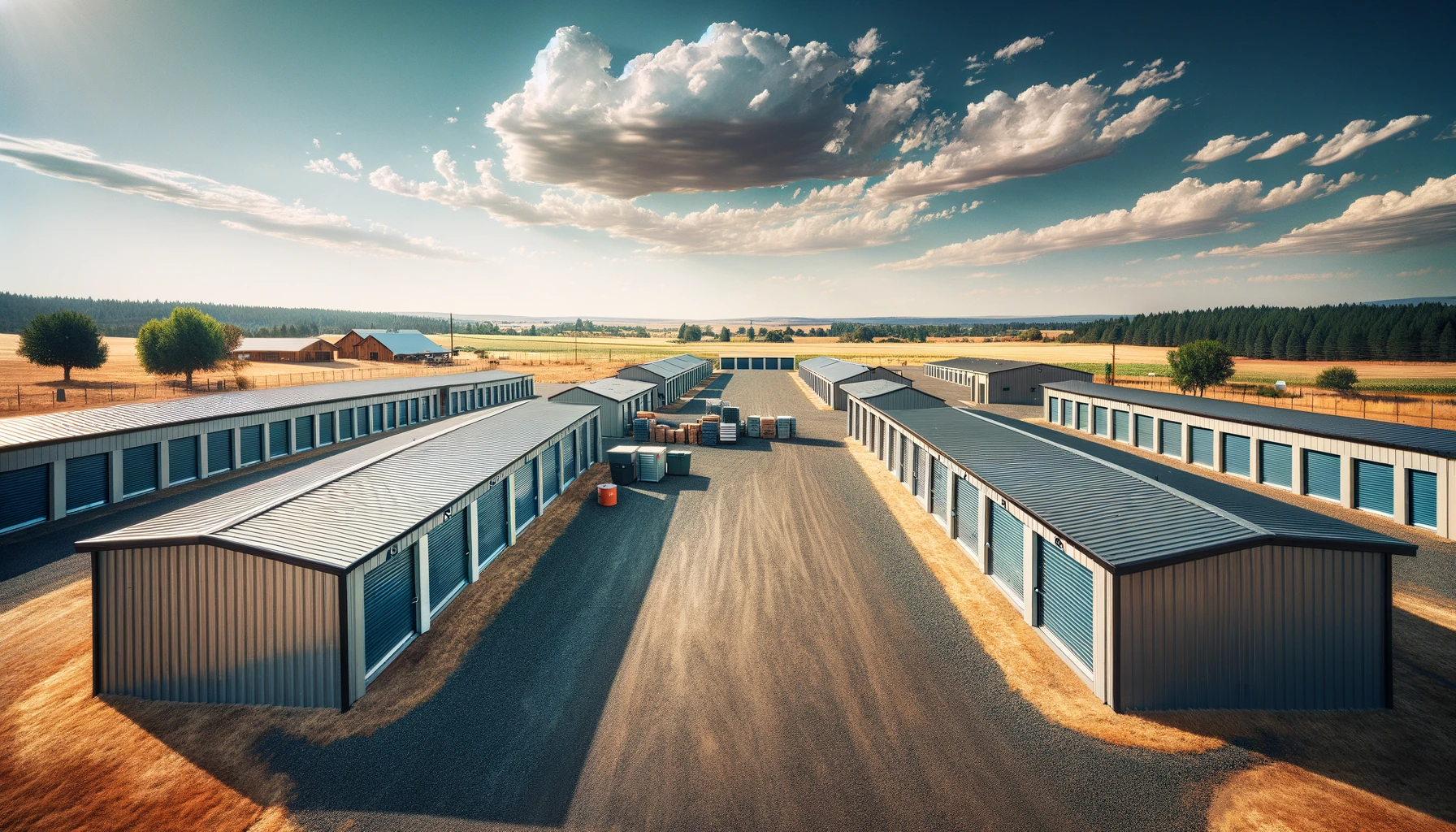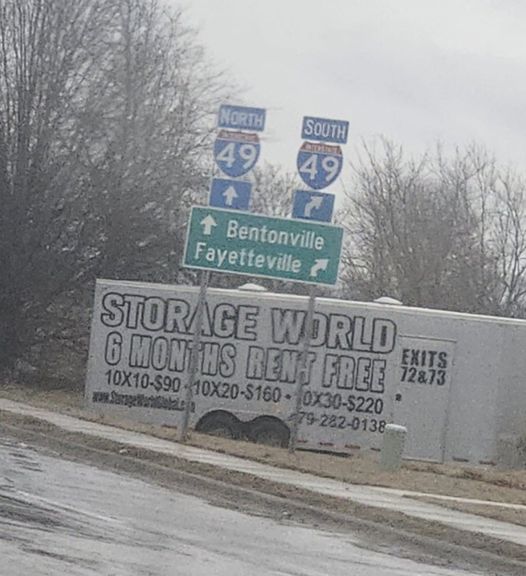How To Analyze Self-Storage Demand
 It's no secret that self-storage has been overbuilt over the last 3 years. Back in 2016 it was a hot asset class, undiscovered due to lack of automation. As more software products for managing facilities remotely appeared around 2020, more people jumped on the bandwagon. Self-storage is easy to automate, and for a while the profits were disproportionately high compared to the rest of the real estate industry.
It's no secret that self-storage has been overbuilt over the last 3 years. Back in 2016 it was a hot asset class, undiscovered due to lack of automation. As more software products for managing facilities remotely appeared around 2020, more people jumped on the bandwagon. Self-storage is easy to automate, and for a while the profits were disproportionately high compared to the rest of the real estate industry.
COVID-19, with its lockdowns and remote work, further accelerated the demand. Millions moved to new cities, putting their stuff into storage. A study conducted by Census found that self-storage industry benefitted greatly from the pandemic, as the number of people working from home tripled. Many new facilities were built throughout 2021 and 2022 in anticipation of this trend continuing. And most self-storage facilities stayed completely booked. Prices for self-storage facilities doubled in many areas.
Unfortuantely, the gold rush is over. According to a recent meeting by SBOA (Storage Business Owners Alliance), 2023 saw a 20% drop in storage rental demand. To make matters worse, new facilities are still being built. The industry is now in a state of oversupply.
Here is a preview of what's ahead:
 This photo was taken earlier today by one of the members of my mastermind group in Arkansas. I don't know about you, but paying double what the facility was worth pre-COVID, then having to give away 6 months free to attract tenants, while still paying mortgage, taxes, and insurance doesn't sound like a good deal to me. If you don't want that to be you, you need to understand how to analyze self-storage demand. Demand consists of multiple factors.
This photo was taken earlier today by one of the members of my mastermind group in Arkansas. I don't know about you, but paying double what the facility was worth pre-COVID, then having to give away 6 months free to attract tenants, while still paying mortgage, taxes, and insurance doesn't sound like a good deal to me. If you don't want that to be you, you need to understand how to analyze self-storage demand. Demand consists of multiple factors.
Factors Affecting Demand
- Sqft/Capita: Not as important by itself, but a good starting point. While you shouldn't rely on this metric alone, it's one of the best early indicators of oversupply that you can estimate for free, and probably the metric you should start with. Think of this like the equivalent of a Napkin Analysis, but for self-storage. Having a high sqft/capita ratio is a definite red flag, while a low ratio is a good sign that you should do more research on the other factors. A good rule of thumb is 8 sqft/person within a 3-mile radius of the facility. If you exceed this figure, avoid the area.
- Occupancy: Look at other competitors in the market. Low occupancy is a definite red flag. High occupancy may be good, but not necessarily. The occupancy can be high due to low rents, or the facility may be full of non-paying tenants. The owner could be using most of the facility to store their own stuff. Expect 90% occupancy at market rates in a healthy market.
- Rates: If increasing rates causes occupancy to go down, that's not good. Use rates and rate history to test occupancy. Of course this is easier said than done, if you don't own any facilities in the area and don't have access to competitor's data, it's hard to see this trend. There is a tool called Radius that can help you with this analysis, but it's not cheap.
- Fill-up: Find the most recently built facility in the area and figure out how long it took to fill up. COVID was abnormal, most facilities filled up quick, everyone was jacking up prices. If a place didn't fill up during COVID, that's a red flag about the area in general. Outisde of COVID, a newly built facility that fills up within a year is a great sign. If it takes longer than 3 years, that's a red flag.
- Growth Rates: Look at population growth and income growth. If the area is growing, you can expect demand to grow as well. This data is easily available through Investomation, but you can also use the Census Bureau's website to get this info for free if you enjoy digging through spreadsheets or want to save a few bucks at the expense of your time.
- Unit Mix: Look at individual units and their role in the market. Is one unit type lower occupancy than others? Are certain storage/unit types more popular in the area? This is important because it can help you decide what type of facility to build if you're considering building one. In rural markets, for example, larger units are more popular. Often people need to store their RVs, boats, and other large items. In urban markets with higher prices, people prefer smaller units. To get a better idea of what's in demand, look at the occupancy rates of existing facilities in the area. If you're buying an existing facility, you can get this information from T12.
- Future Supply: Is anyone else building more storage in the area that could tank demand? This is the most important factor. If there's a lot of storage per person, but no new facilities are being built, that's a good sign. If there's a lot of storage per person and new facilities are being built, that's a bad sign. A newly built facility will likely drop prices to attract tenants quickly, stealing some of yours.
In my follow-up post here, I explain how to calculate the demand using a sample deal that came across my desk recently.